Quasar MQS0660 - MICROWAVE User manual
Other Quasar Microwave Oven manuals
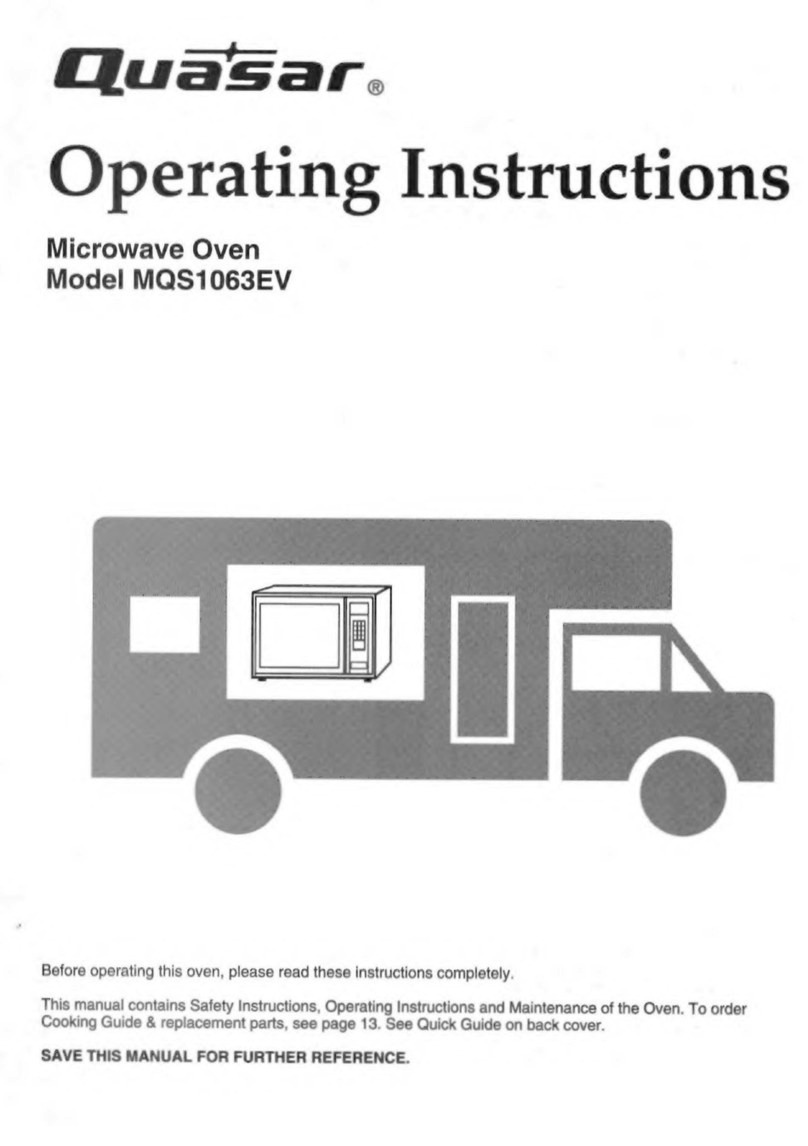
Quasar
Quasar MQS1063EV User manual
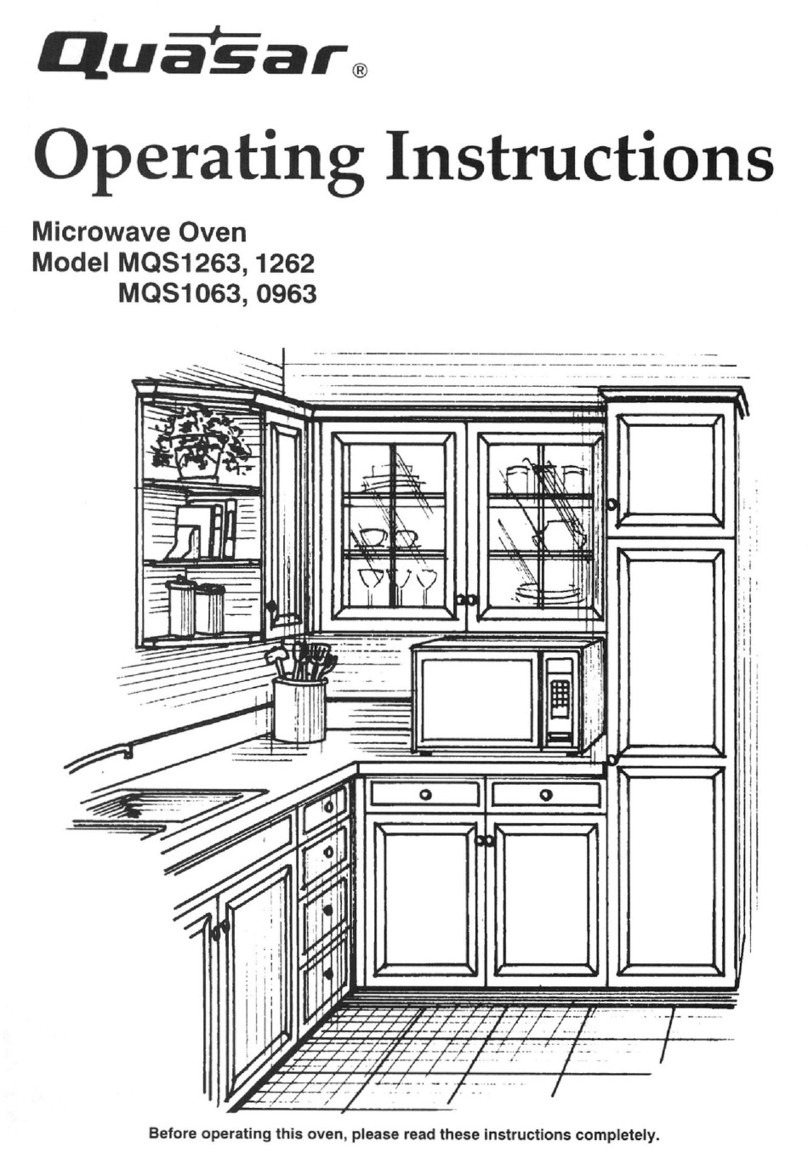
Quasar
Quasar MQS0963 User manual
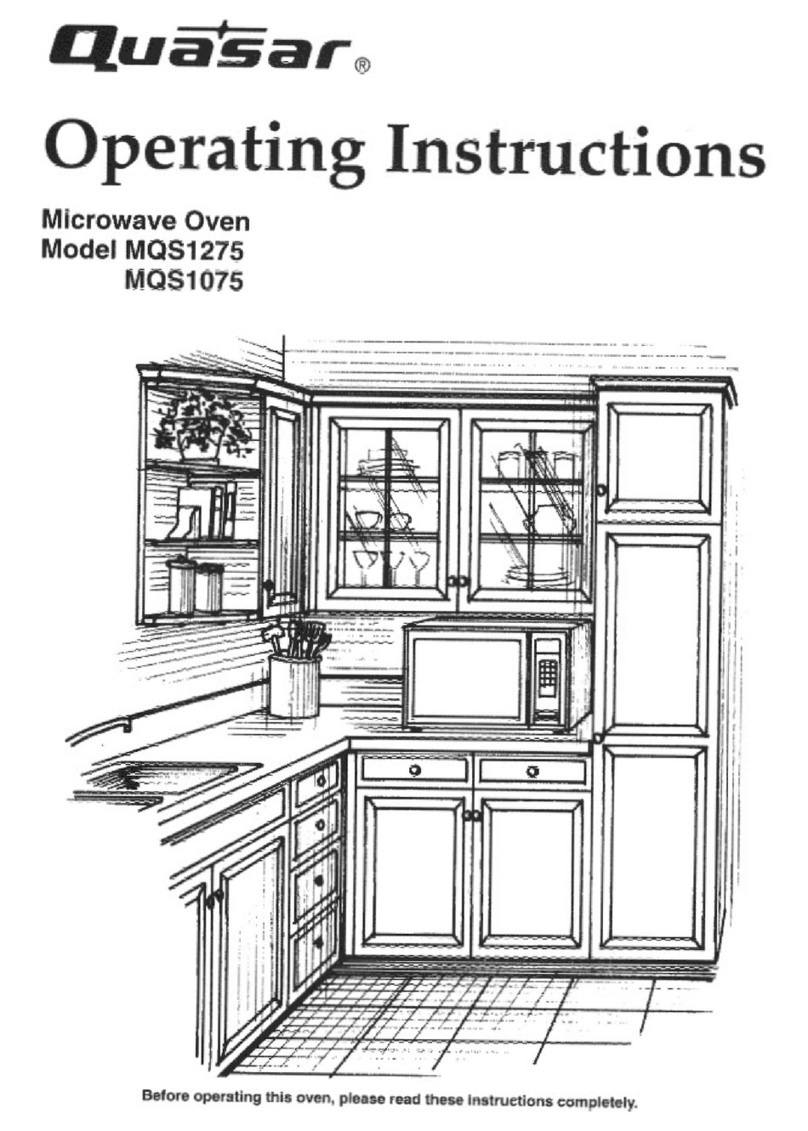
Quasar
Quasar MQS1075 - MICROWAVE User manual

Quasar
Quasar MQS0660 - MICROWAVE User manual
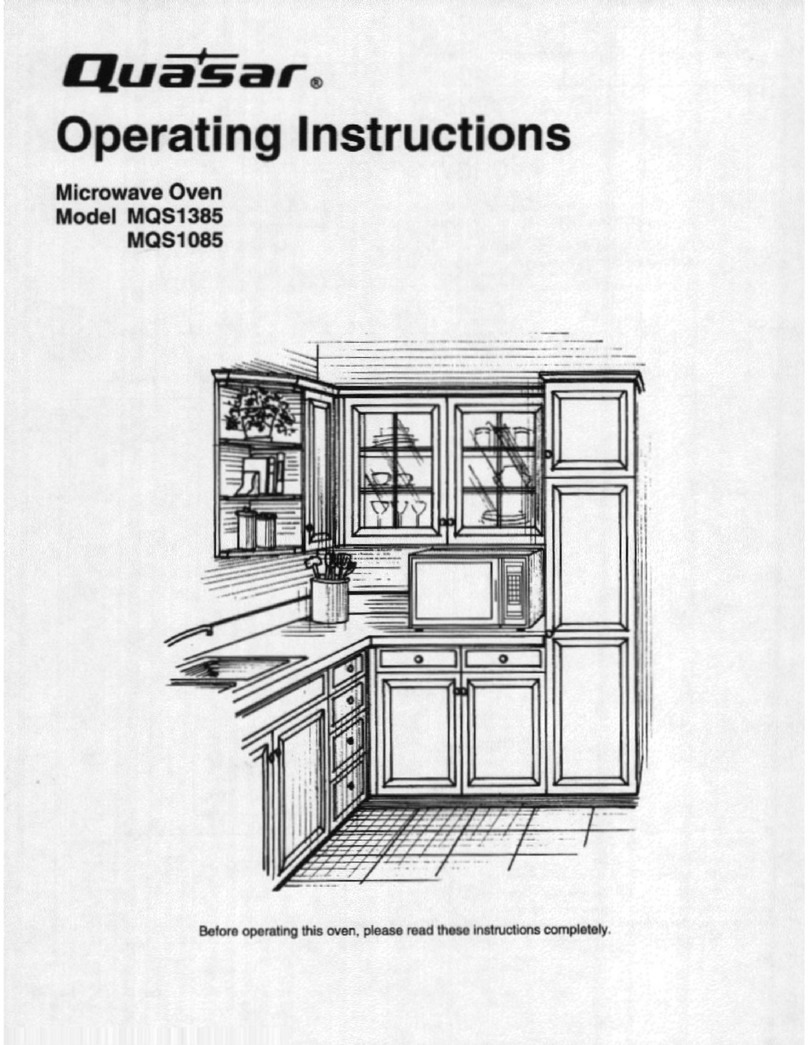
Quasar
Quasar MQS1085 User manual

Quasar
Quasar MQS1063EV User manual
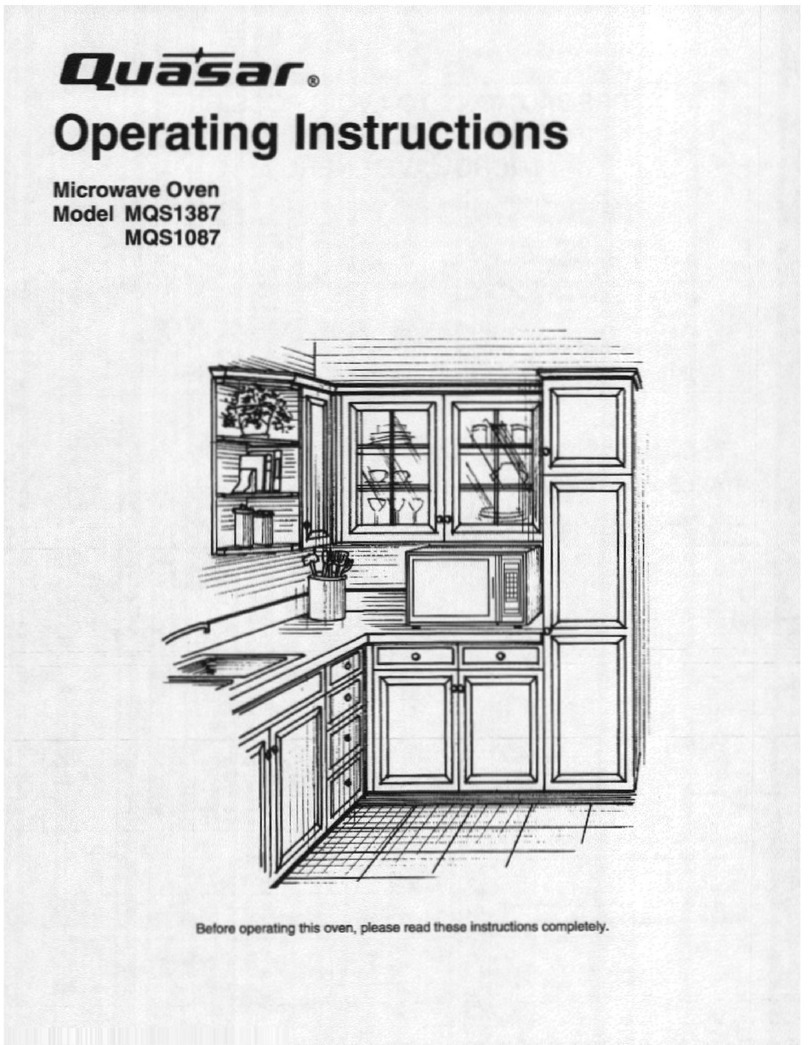
Quasar
Quasar MQS1087 User manual
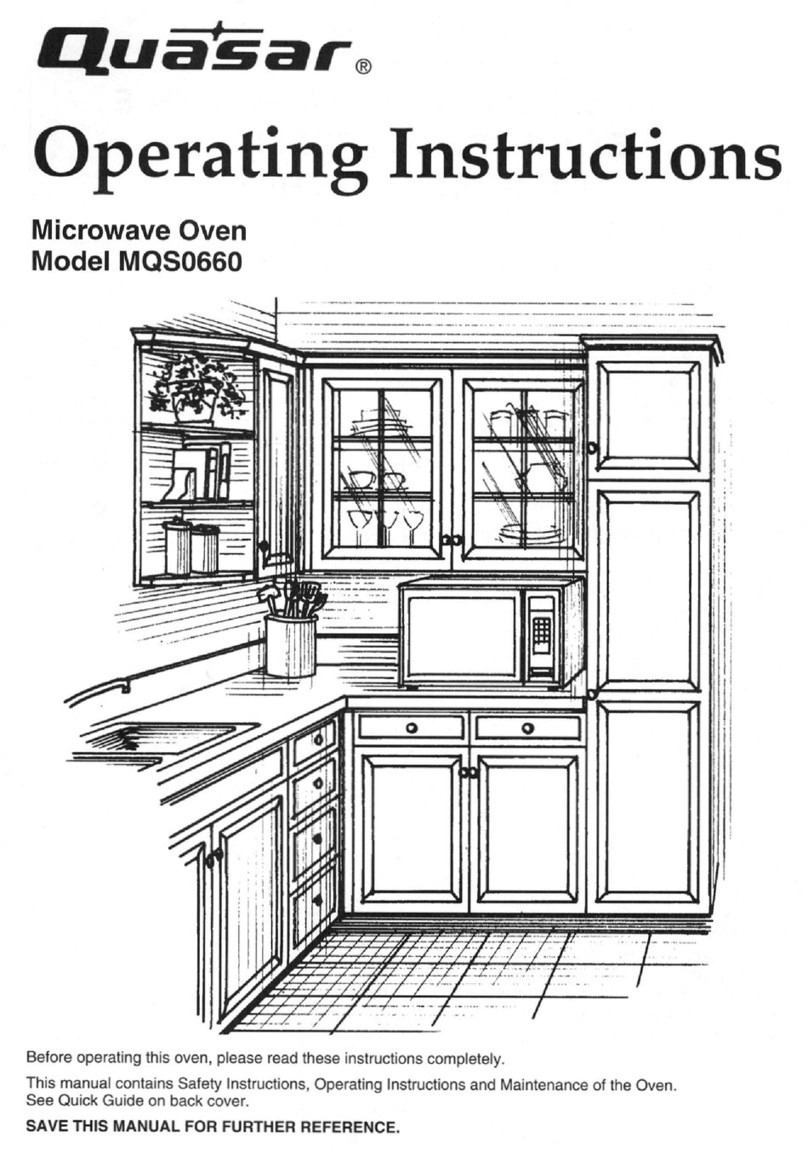
Quasar
Quasar MQS0660 - MICROWAVE User manual
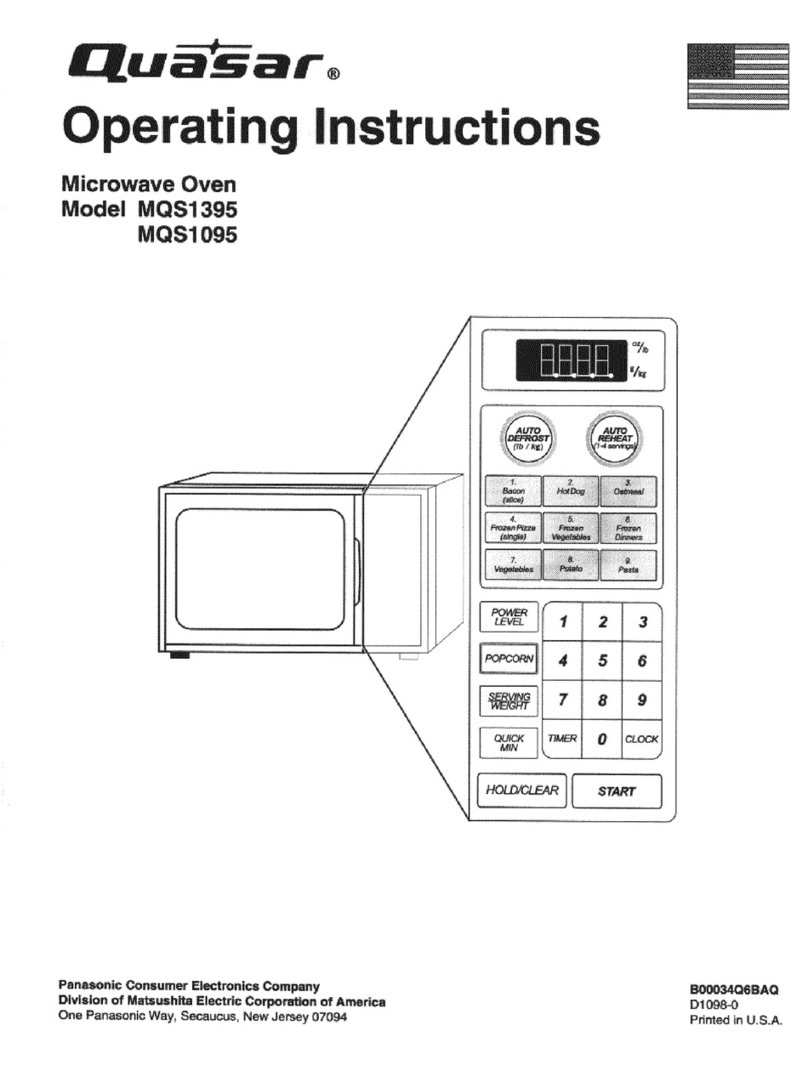
Quasar
Quasar MQS1095 User manual
Popular Microwave Oven manuals by other brands

Conrad Electronic
Conrad Electronic 2372935 operating instructions

GE
GE Spacemaker JVM1440BH datasheet

DAEWOO ELECTRONICS
DAEWOO ELECTRONICS KOR-6L8K5S83 Operating instructions & cook book

DAEWOO ELECTRONICS
DAEWOO ELECTRONICS KOR-1N5A9S Operating instructions & cook book

Daewoo
Daewoo KQG-6617G Operating instructions & cook book

Samsung
Samsung M1779 Owner's instructions





















